The Best Cross-Country Ski Gear
This article originally appeared on Outside
Serious nordic athletes a lifetime perfecting their technique and dialing in the perfect selection of cross-country ski gear. Don't have decades to spare? We spent months testing all the new boots, poles, accessories, and apparel items on the market to help flatten the learning curve and get you outside on the trails as soon as the flakes start to fly.
How We Test
We piggybacked our cross-country gear testing on our cross-country ski testing. The same ten male and female athletes who tested skate and classic skis--a crew ranging from 24 to 62 years old and from weekend warriors to elite marathon racers--joined forces on two Saturdays in March. One of those days started out at negative 9 degrees and the other reached a high of nearly 50. We used Duluth, Minnesota's Lester-Amity Ski Trail, a wooded 15-kilometers of groomed classic and skate trails with roughly 1,000 feet of climbing.
Four core testers put the same boots and poles through extended paces over the course of five weeks, while skiing individually on trails throughout the Midwest in temperatures that ranged from -15 to 50 degrees, skiing on average between five and 25 kilometers per session.
Because of their dedication to skiing in northern Minnesota, our most veteran testers are well versed in finding gear that alleviates issues that affect many Nordies, like Raynaud’s syndrome--decreased blood flow to the fingers--and arthritic fingers and toes. That translates to finding poles with straps that accommodate a generous glove or even mitten, but still allows for efficient and uninterrupted poling; and boots built to provide warmth, stability, and comfort over the course of a 52-kilometer ski marathon. We found both and more--plus a few accessories that have become staples in our kits.
For apparel, we had the help of six testers: three male, three female, ranging from elite marathon racers to Strava segment chasers to veteran weekend warriors. Over the course of six weeks, at any given time, at least one of them was on a trail somewhere in Wisconsin, Colorado, or Minnesota. The first two testers tried almost everything before sending it all off for second and third opinions, putting our collective favorite pieces through dozens of kilometers in weather ranging from -15 to 50 degrees.
Tester Stats
Number of testers: 10
Number of boots tested: 20 boots
Poles tested: 10
Apparel items tested: 98
Number of miles: 965
Vertical feet: 40,000
Snot rockets: 162
Number of sunsets we skied through: 10
Read more about how to get into cross-country skiing
Meet The Testers
Stephanie Pearson
Stephanie Pearson grew up in Duluth, Minnesota, nordic skiing out her backyard. For the 2022 cross-country gear testing Pearson gathered a crew Nordic skiers who have cumulatively spent thousands of hours skiing.
Jen Pearson
Jen is a physician and associate professor in the Department of Family Medicine and BioBehavioral Health University of Minnesota. She's finished the Birkie more than 20 times, with multiple top 20 finishes.
Deb Deluca
Deb is the Executive Director of Duluth Seaway Port Authority and a former member of the US National Cycling team. She has completed 17 Birkies and has been on skis since she was four years old.
Patti Harvieux
Patti Harvieux is a coach for Duluth East Nordic Ski Team, and 18-time Birkie finisher with multiple top 20 finishes, a founder of Duluth XC Ski Club, and former director of KidSki for seven years.
Doug Hoffman
Doug is an MD who specializes in muskuloskeletal ultrasound. He has finished somewhere between 15 and 25 Birkies. At some point you lose count.
Jena Ogston
Jena is a professor at the College of St. Scholastica in Duluth, with a PhD in Rehabilitation Science. Formerly she was a physical therapist for US nordic ski team. She's also a 13-time US Birkie finisher, and one-time Norwegian Birkie finisher.
Samuel Hayden
Samuel was the captain of 2014 Duluth East High School Nordic Ski Team, which won a second-place team finish at the Minnesota State High School Championship. He was also a collegiate mountain bike racer for Fort Lewis College in Durango, Colorado. He's pursuing a doctorate in physical therapy at the College of St. Scholastica, and is the Enduro Coach for the Duluth Devo Mountain Bike Team.
Brian Hayden
Brian is the founder of the Duluth Devo Mountain Bike Program. He's also a former collegiate nordic ski racer, former ski wax technician for the Duluth East High School Nordic Ski Team, and former coach of Duluth Cross Country (DXC) Kidski Program. He's finished the Birkie twice.
Janine Sieja
Janine is a former Outside editor, two-time Birkie finisher, bike racer, and ultra runner who has competed in the Leadville 100, 24 Hours of Moab, Ice Age Trail 50, and Grandma's Marathon, among many other races.
Laurie Anderson
Laurie is a psychology Instructor at the College of St. Scholastica and a private pilot. She has completed 13 Birkies and 25 total ski marathons.
Catherine Long
Catherine is an ultra-running guide for Adventure Running Company, and six-time Birkie finisher. Her coldest ski day ever was -40 degrees at the Giant's Ridge, Minnesota “Chicks on Sticks" clinic in 2014. Her warmest ever race was +40-degrees at Snowflake Nordic Center in Duluth.
Cross-Country Ski Boots
Rossignol Xium WC Skate Boot ($480)
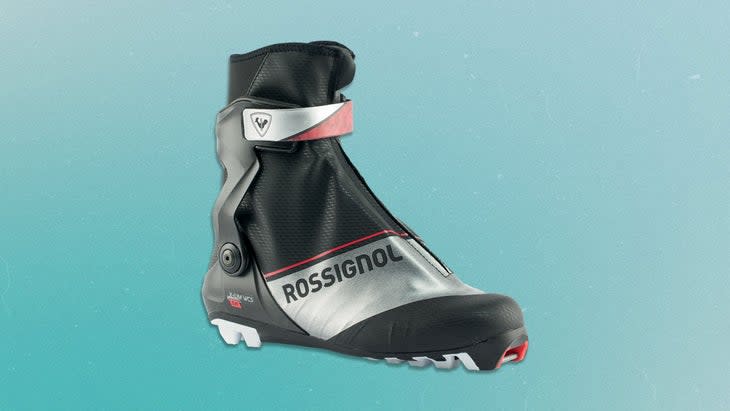
Weight: 794 grams (size 42)
Size range: 37-47 ( 1/2 sizes)
The Xium WC Skate is a step below Rossignol's highest-end Xium skate boot, but we found it to be plenty stiff, lightweight, and supportive for serious recreational racers. Instead of a full-carbon sole like the premium boot, it has a full-carbon insert, carbon-reinforced heel and a carbon midsole that provides precise control and power transfer to the ski. With plastic rather than full carbon on the mid-outsole, the boot is way more durable to say, walk across a parking lot to the trailhead without an overboot. The front zipper and full carbon cuff are secured by a Velcro strap, which comfortably cinched the feet of our narrow- to medium-footed testers. That out-of-the box comfort gets a boost from the customizable, thermo-moldable liner.
Bottom Line: For the price, the lightweight Xium WC Skate gave our skiers the best lateral and medial support of the many boots we tested.
Fischer Speedmax Classic Boot ($500)
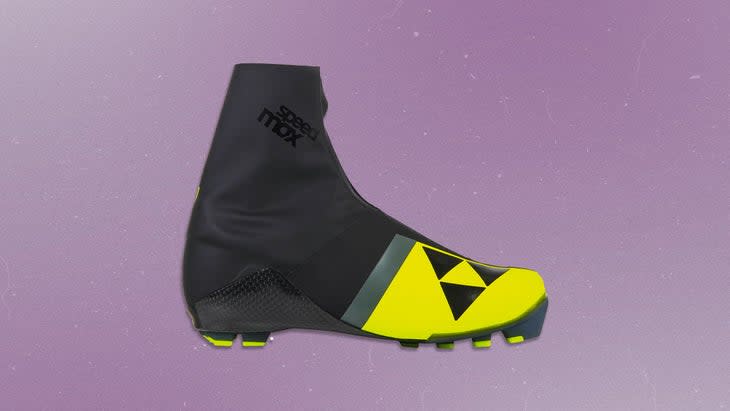
Weight: 355 grams (size 42)
Size range: 41-48 (half sizes)
The Speedmax boot has been a staple in the Fischer family for years. For 2022-23 the brand updated the Classic model with a lighter carbon chassis and a two-piece sole that splits horizontally across the arch, producing better flex and maximizing control and efficiency on the kick portion of your stride. Testers commented on how nicely the boot cups the heel and how the Speedlock lacing system and seamless upper support the ankle. Equally as important, our two most diehard veteran testers--who have skied a combined 42 American Birkebeiners, almost all in the elite wave--appreciated how this boot slipped on easily over arthritic toes and kept them comfortable all day. Credit for the latter goes to an ultra lightweight carbon support, and padded tongue and upper.
Bottom Line: A tried-and-true classic with essential upgrades that make long-distance striding more fun than ever.
Madshus Redline Classic Boot ($450)
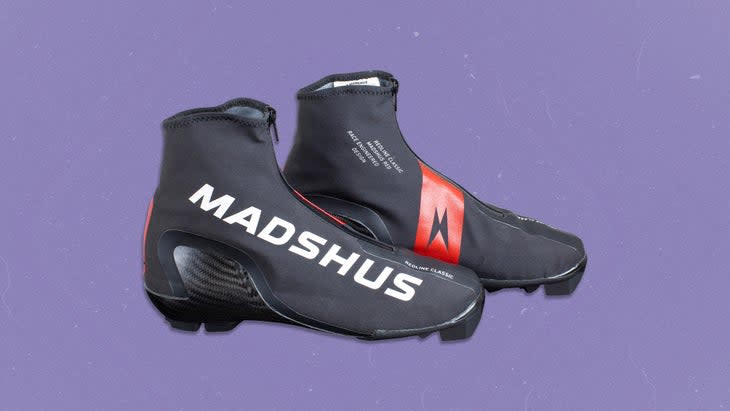
Weight: 320 grams (size 42)
Size range: 37-48 ( 1/2 sizes 38.5-44.5)
Winning in the minimalist category, this redesigned classic boot felt as lightweight as a tennis shoe with its new low-cut liner that has a more contoured and comfortable fit through the arch and forefoot. Testers liked that it had plenty of flex in the front of the foot, while a carbon-composite skeleton held the heel in place. Fit gets another comfort boost from a memory foam liner throughout the entire footbed. The softshell upper was comfortable, although some testers were concerned the low cut would allow snow to accumulate inside the ankle (it didn't during testing).
Bottom Line: In warm spring conditions with no threat of snowfall or frostbitten ankles, this lightweight boot is hard to beat for maximizing kick.
Cross-Country Ski Poles
Salomon S/Max Carbon Click Pole ($220)
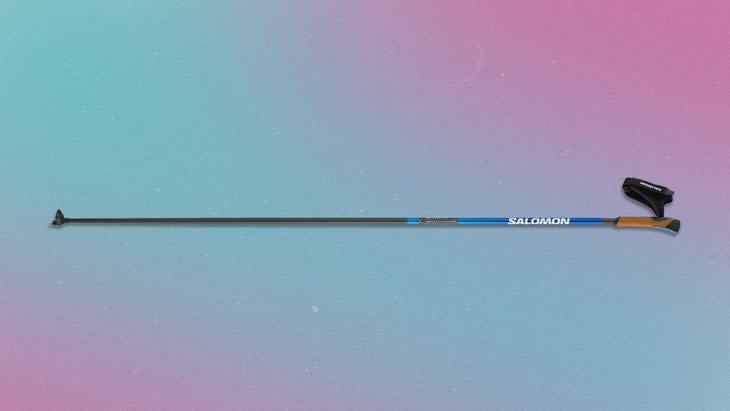
Weight: 190 grams (155 cm)
Material: Carbon
This one was a unanimous tester favorite because the 100 percent carbon shaft was stiff, light, surprisingly durable, and well balanced from the 16 millimeter -diameter top to the 9 millimeter tapered tip. Everyone also loved the ergonomic grip and its durable, easy click-out system (the entire grip detaches from the pole with the push of a button that you can reach with just your thumb, speeding release and minimizing hassle). No more undoing velcro and wiggling a glove or mitt out of the strap every time you need to adjust a ski, apply wax, or snap a photo. Since our testers all hailed from the frigid Midwest, we also like the option of buying different size grips (small through XL) to accommodate varying glove sizes--wear a small strap on warm days when you're wearing thin gloves, and a bigger one on days that call for thicker hand protection.
Bottom Line: Versatile, lightweight, and durable, this is the only pole you'll need for multiple seasons.
One Way Storm 2 Mag Pole ($200)
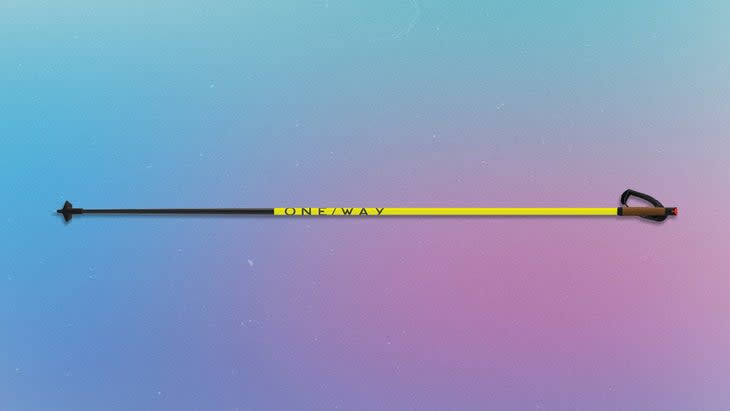
Weight: 127.5 grams (170 cm)
Material: Carbon
Like the Salomon S/Max Carbon Click, the Storm 2 Mag has a quick-release grip system. But the OneWay is magnetic, so the clip on the strap is even easier to slot into its housing on top of the pole. Testers found the strap sizing to be smaller, which is a boon for skiers who wear thin gloves year-round, but is a rub for those in colder climates, where temps call for big mitts most of the year. An added feature on the Storm 2 Mag are the quick-change race baskets that come in three sizes, the smallest of which is about half the surface area of baskets on other poles we tested--ideal for a hard-pack skate deck. After a spring snowstorm, one tester forgot to change out the race basket, and the mistake cost her ten minutes trying to unlodge the pole after accidentally plunging it two feet into a sticky bank.
Bottom Line: A stiff pole for competitors who want every nuanced advantage to shave weight and improve aerodynamics.
Leki HRC Marathon Pole ($299)
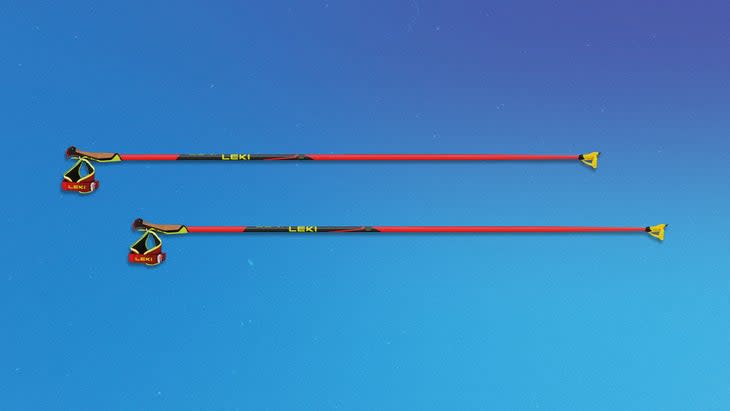
Weight: 112 grams (170 cm)
Material: Carbon
The HRC Marathon boasts Leki's signature quick-release Shark Access Hook--a loop of durable parachute cord in between the thumb and forefinger, which clicks into a hard plastic groove on the top of the pole. In our testing, it was fussier to release than the click-off options, but the abrasion-resistant hook system stood up well over our six-week testing period. One added necessary step: the fixed-length pole comes only in a 170 centimeter length so users who need shorter poles need to cut it down to their desired height.
Bottom Line: An ultralightweight option for marathoners with little need to remove gloves throughout a race.
4KAAD Code 9 Race Poles ($180)
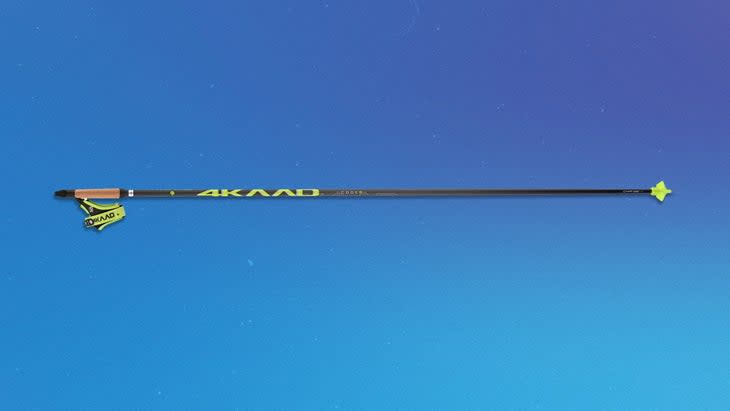
Weight: 127.5 grams (170 cm)
Material: Carbon
New to the U.S. and run by the founders of OneWay, this Finland-based brand is starting to incorporate recycled plastics, cork, and fabrics made from plastic bottles into its pole line. Our favorite was the fully carbon Code 9 Race model. With a compact nine millimeter tip, it delivers a similar swing to the Salomon pole, with the added option to accessorize with three interchangeable basket sizes for varying snow depths and conditions. It's even compatible with a durable Tungsten Carbide tip for roller skiing on pavement in the summer.
Bottom Line: A summer-winter two-in-one for skiing on snow and on asphalt.
Accessory Cross-Country Ski Gear
Swix T76 Waxing Table ($350)
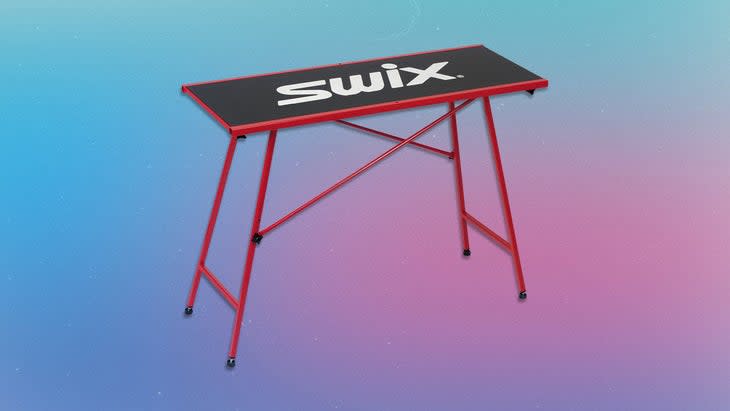
Wax tables are the undersung hero of cross-country ski gear. With the advent of spray-on waxing, one might think that they are no longer necessary. But even after 35 years, Swix's super-functional portable models are still essential for properly cleaning skis, evenly applying wax, and allowing wax to dry uniformly afterward. Swix makes a number of styles, but we prefer the T76 World Cup (19.5 x 49.5 x 4.5-inch) version. Not only is it lightweight, sturdy, and easy to use in small spaces, but its table top is wider than other models, and thus supports two ski forms, so two people can wax at once.
Bottom Line: If you have limited basement or garage space or need a quick outdoor setup on race days, this is ideal.
Yeti Camino Carryall 50 ($200)
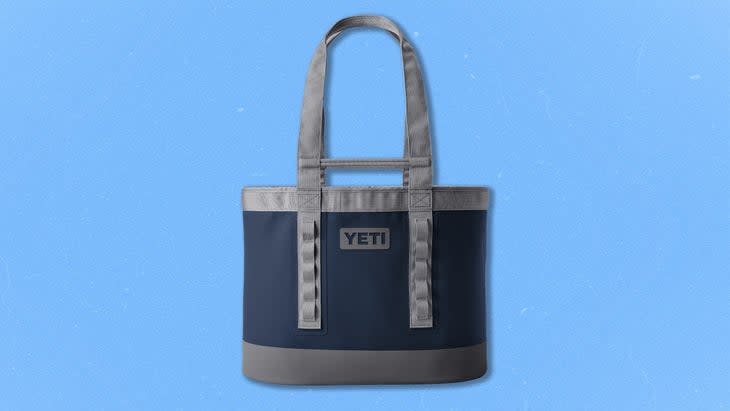
We thought the original 35-liter version of this indestructible bag was the end-all, but with an additional 15 liters of space, the 50 is even better. The $200 price tag begs the question: Do we really need a luxury tote bag to carry our wet boots to and from the car? We would argue yes, especially if you ski a lot. Made from heavy nylon, with a molded EVA bottom, the Carryall makes it significantly easier to haul all your cross-country ski gear--multiple pairs of boots plus wax, water bottles, sunscreen, and snacks--to and from the trailhead. And the heavy-duty nylon wipes clean in seconds, even if your boots are gunked with dirty parking-lot snow. Two interior zip pockets, one on either side, stash valuables, and an interior sleeve on each end separates wet gear from dry.
Bottom Line: It's an investment, but we guarantee you'll find multiple uses year-round for mountain biking, camping, or other gear-intensive outdoor activities. And it will last for many years.
Eagle Creek Cargo Hauler 40L Duffel ($119)
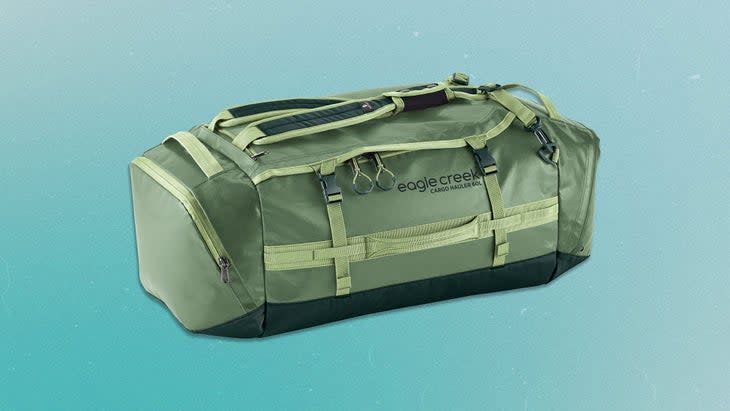
Those who cool down fast after skiing will appreciate this waterproof hybrid duffle-backpack. We threw our dry cross-country ski gear inside, zipped it up, and then left it in a deep snowbank all day while testing skis. Our stuff was still dry hours later. A retractable mesh divider splits the bag in half (ideal for cordoning off sweaty clothes) and an extra large exterior zippered pocket stows truly soaked items so they don't touch what's inside the bag. The Cargo Hauler is a little too small to jam ski boots in, which makes this the ideal companion for the Yeti Camino.
Bottom Line: An ideal bag to take from the office to the trail.
Dermatone Sport Sunscreen ($19)
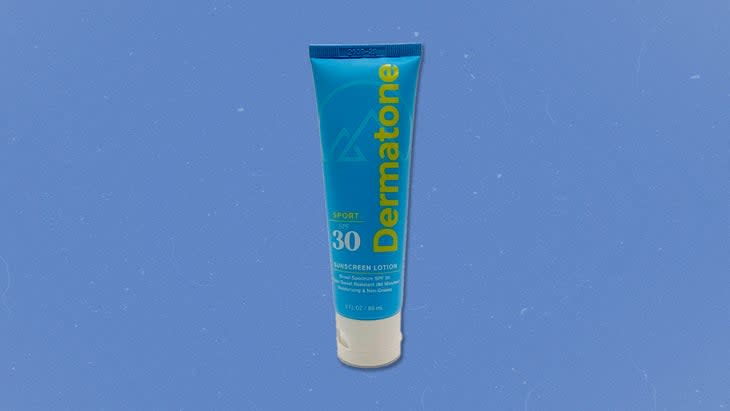
Just because it's winter and freezing outside doesn't mean you can't get sunburned. Dermatone's new Sport Sunscreen features a sweat and water-resistant formula in SPF 30 and 50. Our testers appreciated the non-greasy formula that protected us during the highest-intensity hours of the day, its fresh, clean smell, and the fact that it is paraben- and cruelty- free. 3 ounces, $19
Bottom Line: This is an easy preventative measure to protect from skin cancer
Cross-Country Ski Clothing
Maloja KeschM ($269) and MarlingM ($279) Shells
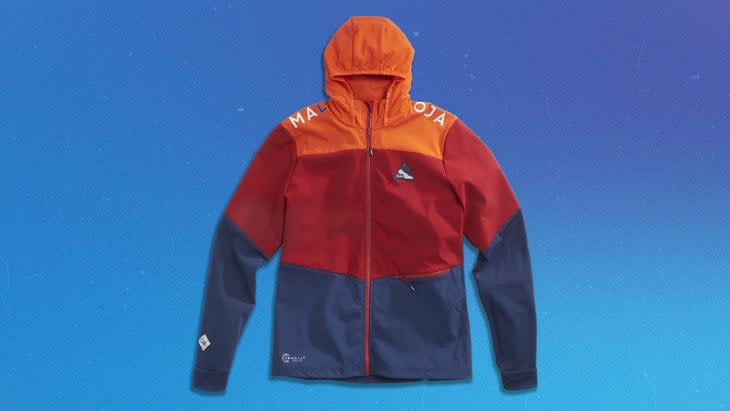
Size: XS-XL (men's and women's)
We've been impressed with German brand Maloja for years but they really nailed it this year with their men's and women's cross-country ski jackets. The KeschM and MarlingM are made from a light, four-way stretch recycled-nylon and spandex blend that's super breathable. Both shells are backed with warming thermopile insulation that added warmth--but not too much--on biting, high humidity days. The jacket boasts a cinchable hemline and a generous race cut that's still long enough in the torso to cover the belly. And it offers ample range of motion for skating and classic skiing without the jacket riding up, even for our barrel-chested male tester. The lightweight fleece hood blocks wind and snow; and one roomy horizontal zip pocket in the front is big enough to hold most phones save for the monster Androids.
Bottom Line: An all-around multi-tasker for many body types, great in any conditions mother nature can throw your way, especially when worn with the proper layers.
Craft ADV Pursuit Insulated Pants ($135)
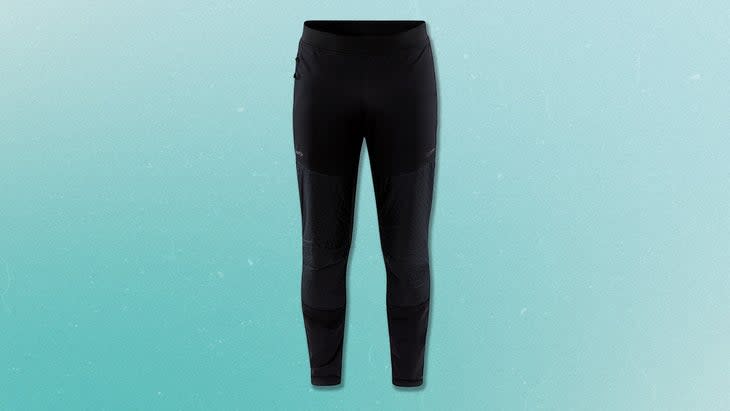
Size: men's S-XXL / women's XS-XL
This classic training pant was the hands-down favorite of our men and women testers who ranged in size from a sinewy five-six with zero body fat to a 290-pound male tester with bike-racer thighs. Heavier than most insulated ski pants, the ADV Pursuit boasts windproof, three-layer polyester fabric from mid-thigh to below the knee, which kept us warm enough on wet, sub-zero days (with a base layer underneath). Lightweight recycled poly in the back breathed well to wick the sweat away. Darts sewn into the knees add range of motion, a drawstring around the elasticized waist keeps the pant comfortably cinched, and the tapered, zippered, elastic cuffs fit well over boots.
Bottom Line: For colder climates you can't get better coverage than this pant.
Ibex Wool Aire Hoodie ($285)
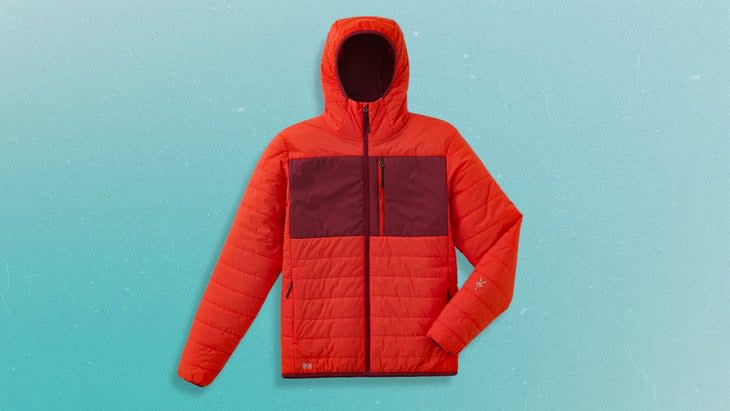
Size: S-XXL
On single-digit days, this ultralight 10-ounce puffy was the ticket. It's filled with an 80-gram proprietary merino-wool insulation, and unlike traditional puffies, was breathable enough to warm up in and then keep on for our whole ski on frigid day. We also love the slim cut, which felt roomy enough for range of motion without producing bulk. The Bluesign certified 20-denier nylon face fabric is water and wind resistant and the snug, lightweight hood is added insurance for blustery days. Our testers loved this jacket so much that they hadn't put it away as of early June.
Bottom Line: Keep this jacket in the go-bag at all times for either an extra-warm ski layer or a post-ski warming one.
Norrona PureULL Zip Neck ($199)
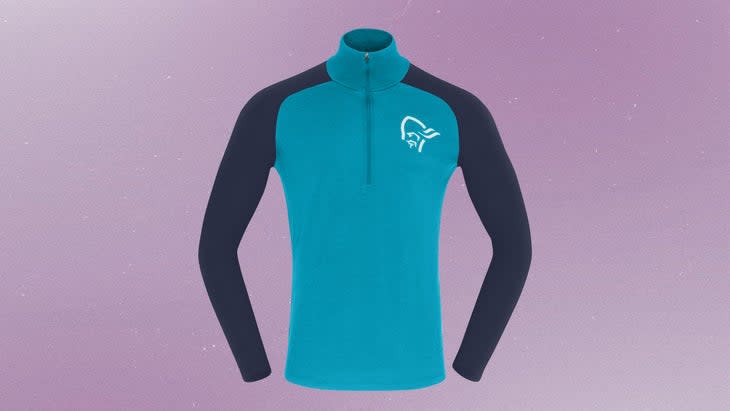
Size: S-XXL (men's) / XS-XL (women's)
Some winter days it's impossible to gauge how much insulation you need while exerting immense amounts of energy. This lightweight, super fine merino wool zip-neck was our go-to in temperatures ranging from single digits to about 30 degrees (it comes in both men's and women's versions). Most days, we wore it as a baselayer and it wicked sweat so well that we didn't immediately need to strip it off after skiing. On colder days, we simply added a lighter top underneath. Bonus: the merino is responsibly sourced, meaning that it can be traced back to the farm it came from to ensure the sheep are treated well.
Bottom Line: It may seem like an expensive investment for a base layer, but you can wear it every day without the need for daily washing.
Amundsen 5Mila Headband ($39) and Neck Gaiter ($49)
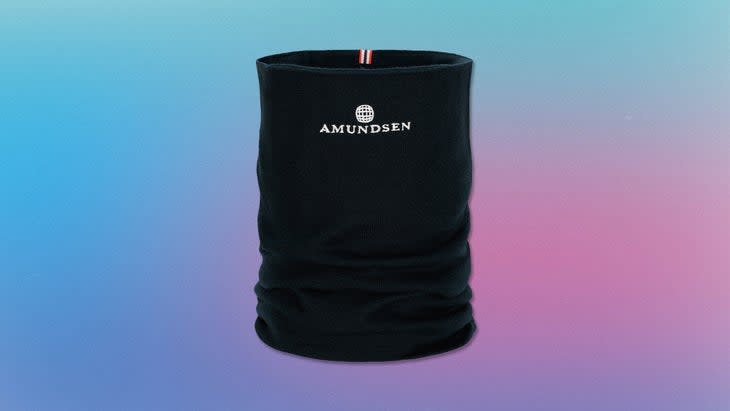
We love Amundsen for its classy retro designs that evoke iconic polar explorers. (The company's namesake, Roald Amundsen, was a distant relative of the founder.) But these pieces aren't only about retro fashion. They are also beautifully crafted and functional. The gaiter stayed upright around testers' necks on sub-zero days when showing extra skin was dangerous, yet dumped heat so we didn't get sweaty. And all of our testers commented on the generous four-inch width of the headband, which provided the perfect amount of warmth and ear protection without causing overheating, thanks to its wool-acrylic lining.
Bottom Line: For single digits and lower, the headband and gaiter provided superior protection from the cold while still wicking sweat.
Smith Bobcat Sunglass (from $209)
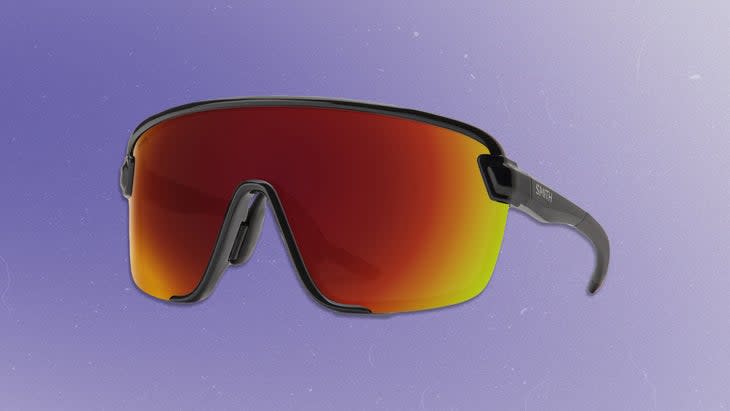
The Bobcat is the diminutive version of Smith's popular Wildcat, goggle-like sunglasses suited for wider male faces and ideal for windy, cold days. Now the Bobcat provides the same protection for skiers with smaller faces, and stays on thanks to adjustable nose-pads with non-slip grips. The frame comes with two durable, scratch-resistant polarized lenses: clear, which one female tester said provided optimal clarity in fading light of winter, and a second ChromaPop lens of your choice (darker or lighter, depending on what conditions you ski in most). That tester was also impressed with how light the bio-based frame felt on her face.
Bottom Line: A durable, lightweight sunglass with excellent coverage-also usable in the summer for mountain biking.
Daehlie Race Warm Glove ($80)
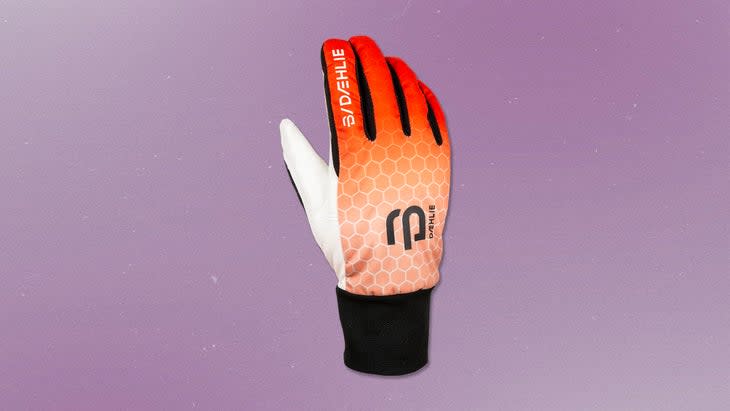
We were suspicious of this super lightweight glove, which is insulated with new Thindown Flex--an innovative premium down fabric that consolidates loose feathers into sheets. But the ultralight glove proved us wrong. It was surprisingly warm for its weight, which is a game changer for cross-country skiers in colder climates. In Minnesota, we used this on days in the teens when we'd normally switch to a mitten. Wind- and water-repellent three-layer softshell fabric on the back further boosts warmth, while the synthetic leather palm lends breathability so your hands won't get sweaty from gripping your pole. Best of all, the glove washes like a dream without clumping the down.
Bottom Line: A cold-weather glove minus the bulk.
CEP Ski Thermo Merino Tall Compression Socks ($50)
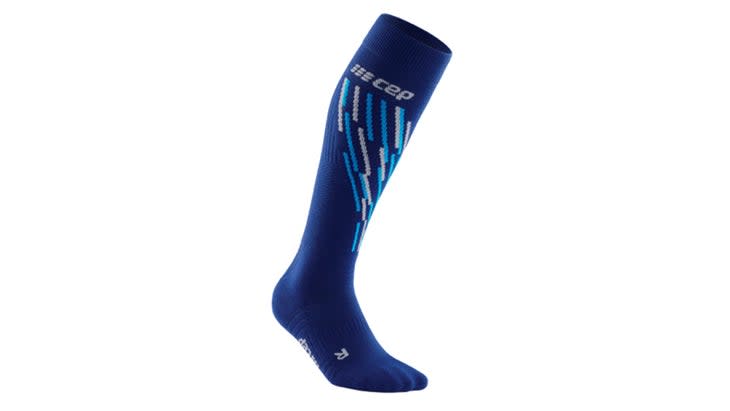
After wearing these socks over the course of six weeks, one tester refused to ski in any other. The knee-high Thermo is made from a poly-spandex-merino blend (13% the latter), and is woven in such a way that each scok encircles muscles more than 300 times with graduated compression, which eases muscle and tendon pain. They're designed for alpine skiing, with extra padding on the shin and ankle bones. This seems overkill for cross-country skiers, but the extra padding didn't impede breathability and we found the sock to be so comfortable, form-fitting, and kind to muscles that we used them for both disciplines.
Bottom Line: An expensive investment, but worth every dime because you'll use them every day.
How to Buy Cross-Country Ski Gear
Boots need to be warm and comfortable enough so you can last hours on the trail, but they also need to be stiff enough to transfer your power to the ski. The difference between the two often comes down to materials--plastic versus carbon, insulated versus not--and to a wider or narrower fit. Whether you go for a boot on the former or the latter end of the spectrum depends on how long and how fast you ski.
Read more about how to choose cross-country ski boots and poles
Likewise, poles need to be strong and flexible enough to endure varying snow conditions and poorly placed plants, yet lightweight and stiff enough to efficiently propel you forward. Models made from high-modulous carbon are lighter but pricier and less durable; plastic poles are durable but much softer. In between, you'll find a wide variety of options made from carbon composites. A note on fit: Skating poles should be the height of your nose, whereas classic poles should hit the top of your shoulder. Use the same pair for both disciplines and you're asking for a shoulder injury. We recommend first-time cross-country skiers visit a reputable shop where experts can help you find the best boots and poles for your ability and desired use.
How to Buy Cross-Country Ski Clothing
At first glance Nordic ski clothing never looks warm enough. That's because it needs to provide enough range of motion to effortlessly kick, glide, and plant ski poles while simultaneously wicking sweat away. But we never cease to be amazed at how even the skimpiest layers keep us plenty warm when we wear temperature appropriate options in the right combination. As in many sports, the most important aspect of Nordic ski apparel is to properly layer it--sweat-wicking layers next to skin with a thin shell to buffer wind and minimal (if any) insulation in between. When in doubt, wear less than you think you'll need--and ski fast!
Read more about how to dress for cross-country skiing (hint: layer like you're going for a run)
For exclusive access to all of our fitness, gear, adventure, and travel stories, plus discounts on trips, events, and gear, sign up for Outside+ today.

